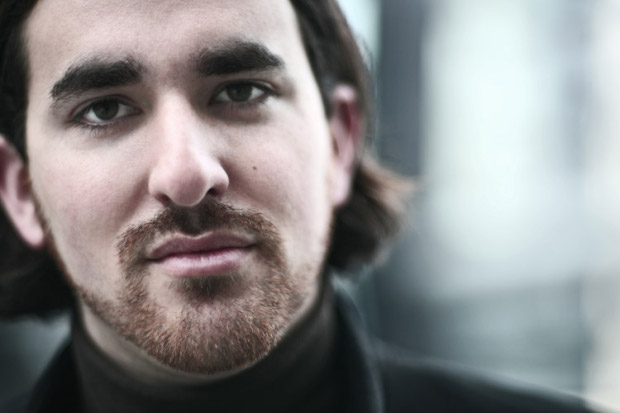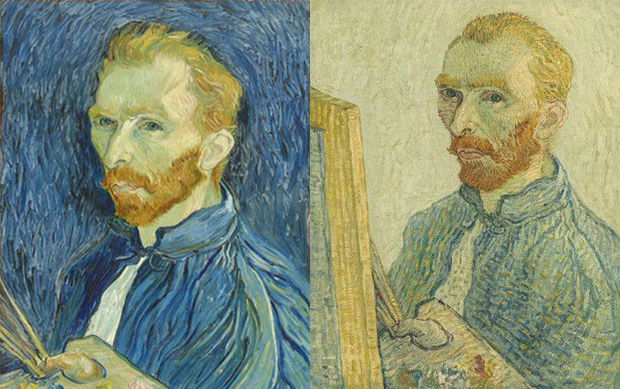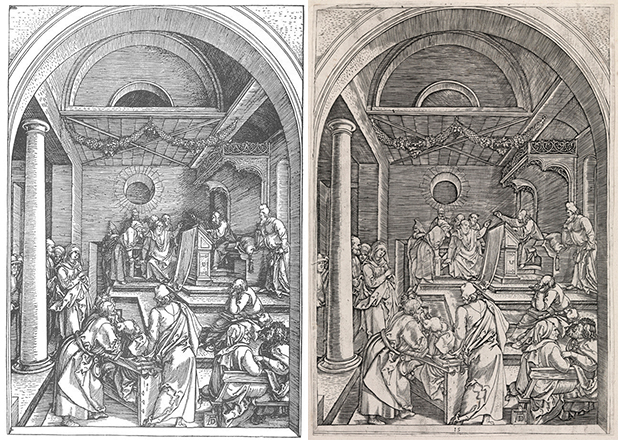
Noah Charney- 'Hirst and Koons are like Old Masters'
The Art of Forgery's author discusses the knotty problems of art and authentication with WNYC's Leonard Lopate
How old is forgery? As author of The Art of Forgery's Noah Charney told WNYC's Leonard Lopate a couple of days ago, it is as least as old as the art market itself. The writer and art expert recalled how, Roman copyists would create fake works to satisfy a craze for Hellenstic works following the sacking of Syracuse in 212 BC.
Charney was the guest on the Public Radio talk show, which airs every weekday on the New York station. The programme a wide range of cultural topics, though fine art is Lopate's speciality, since he trained as a painter, alongside Ad Reinhardt and Mark Rothko.

It's also Charney's chosen subject, and he was able to bring the discussion of art and authenticity right up-to-date in a long and insightful interview.
Take the latter-day fussiness over how much of a work a particular artist has actually executed. Once, when the Renaissance workshop system was still in place, an artist might still put his name to a work, without executing every brush stroke.
So, Charney argued, if it was once acceptable to describe a work as being by Peter Paul Rubens, then why should we get upset if a contemporary artist has his or her assistants carry out works in much the same way?

“Jeff Koons and Damien Hirst design and supervise works,” Charney told Lopate. “They have a team of people who put it together, and that's no different really from what Rubens was doing.”
He also offers his thoughts on the psychology of forgers he covers in his book. “The majority have tried and failed to become artists, and forgery was a back-up plan,” he explains, “which suggests something was keeping them a step off greatness.”
Among those featured in The Art of Forgery, Charney believes the British forger Eric Hebborn had the greatest talent. “He was almost as good as the artists he forged,” Charney explained. “His works were forensically identical. He even wrote The Art Forger's Handbook, which was literally a cookbook on how to be a forger. It's often found in the studios of other forgers.”
The half-hour interview also took in other well-known forgers including
Ely Sakhai, Elmyr de Hory, as well as a young Michelangelo. You can listen to the full interview above, and to learn more about this fascinating field buy a copy of The Art of Forgery here.